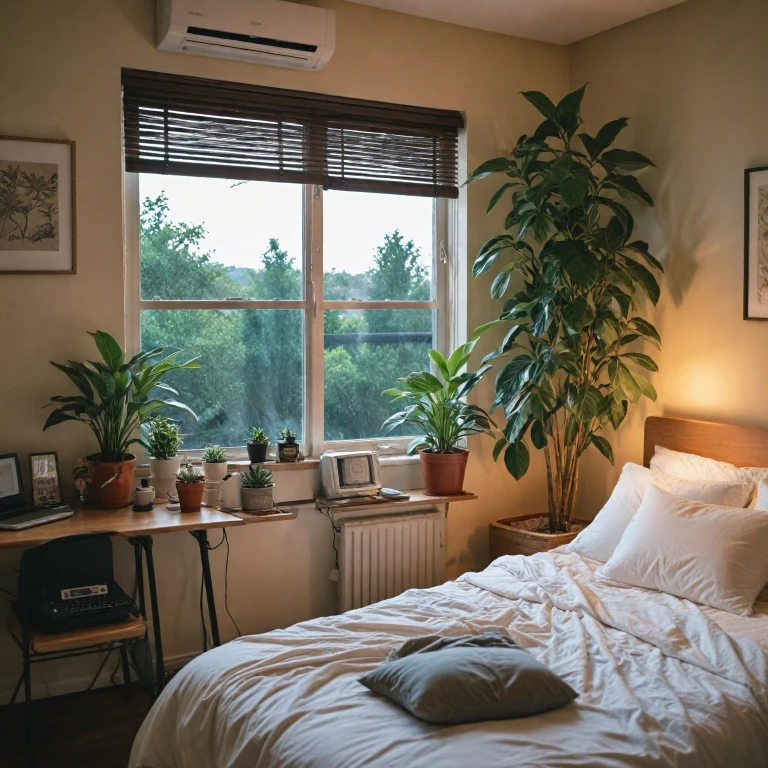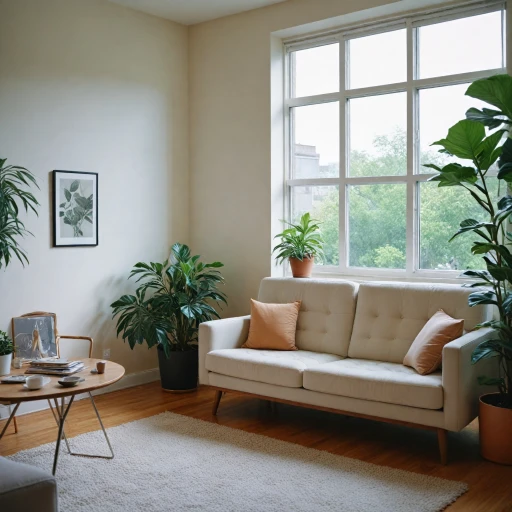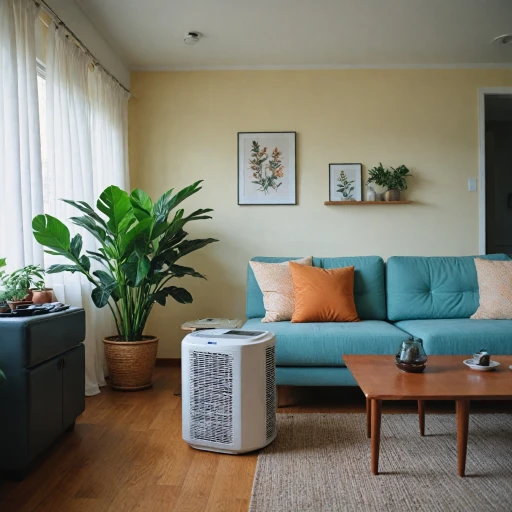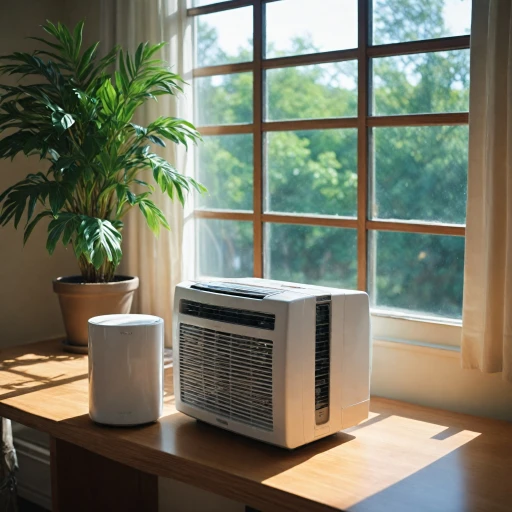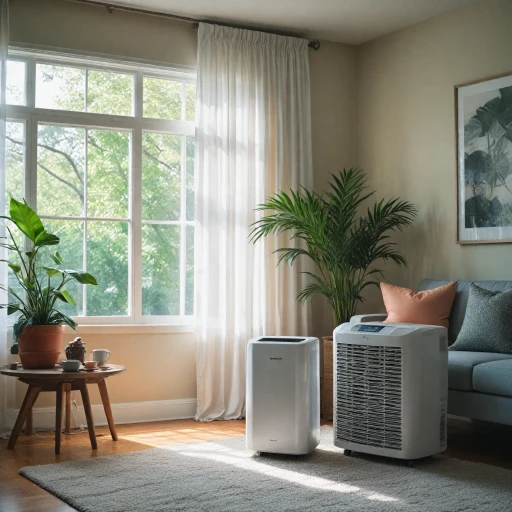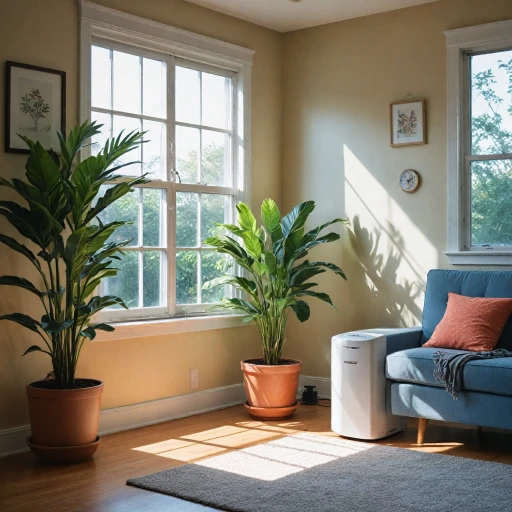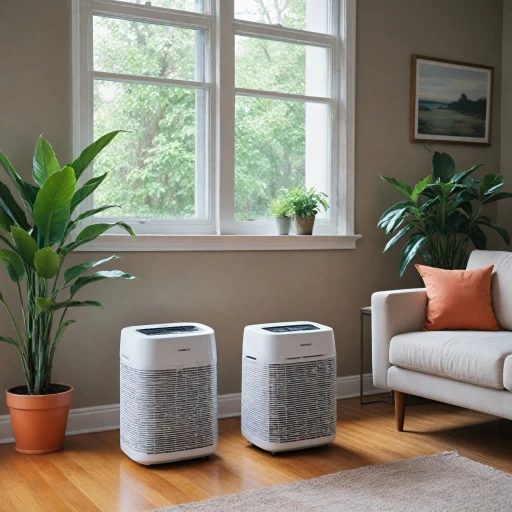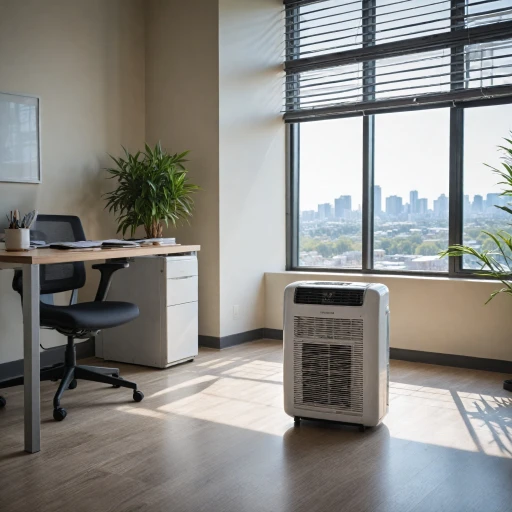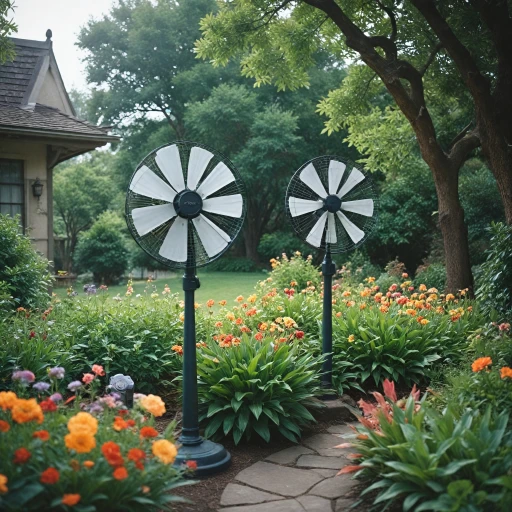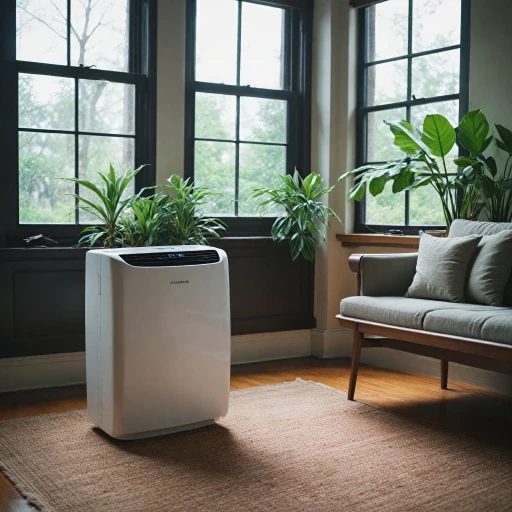
Understanding Portable Air Conditioners
Exploring Portable Air Conditioners
For those who live in smaller spaces or require cooling for just a single room, portable air conditioners can be a practical solution. Unlike traditional units, these portable devices offer flexibility and convenience, as they can be moved from room to room as needed. They are designed to provide both cooling and, in some models, heating capabilities, making them versatile in various climates. Portable air conditioners function by extracting heat from the room air and expelling it outside, usually through a nearby window using a hose. Ductless mini splits and window-mounted units offer similar functionalities but differ in installation and permanence. Portable ACs are particularly beneficial in spaces where window units are impractical or prohibited by building regulations. The range of choices in portable air conditioners is vast, featuring models from budget to high-end options. Brands like Daikin provide reputable units that prioritize efficiency and effectiveness, often rated in BTU (British Thermal Units). This rating indicates the cooling capacity of the unit and can impact the size of the room it can efficiently cool. Evaluate factors such as energy efficiency, indicated by stars ratings, and smart features like remote control operation or integration with home automation systems. As many consumers turn to platforms like Amazon for reviews and comparisons, you can gain insights into the performance and reliability of these units by checking user feedback and ratings. For a deeper understanding of how portable air conditioners work and their components, you can explore this resource on understanding the components of an outdoor AC unit.Key Features to Look For
Crucial Factors for Selecting a Portable Air Conditioner
Selecting the ideal portable air conditioner for your single room doesn't have to be overwhelming. Here are vital features you should consider when choosing your unit:- BTU Rating: BTU (British Thermal Units) is essential for understanding the cooling capacity of air conditioners. A higher BTU means more cooling power. Ensure the BTU rating matches the size of your room to avoid underperformance.
- Energy Efficiency: Look for units with high energy stars ratings and advanced energy-saving capabilities. This not only reduces energy costs but also has a positive impact on the environment.
- Cooling and Heating Features: Some models offer both cooling and heating functions, making them versatile for year-round use.
- Remote Control and Smart Features: Modern portable ACs often include remote controls or smart features, allowing you to adjust settings from anywhere in the room. Look for air conditioners with Wi-Fi capabilities to control the unit via a smartphone.
- Noise Level: Check for units with low decibel levels if noise disruption is a consideration. This feature ensures a quieter operation.
- Portable and Compact Design: Consider the size and weight of the unit, especially if mobility and space constraints are concerns. Mini and compact models allow for easier movement and storage.
- Dual Hose vs. Single Hose: Dual hose models offer faster cooling and are more efficient for larger spaces compared to single hose units. However, for many single room applications, a single hose may suffice.
- Additional Features: Some units may feature dehumidifiers or oscillating fans for added comfort. Examine the comprehensive functionalities offered.
Sizing Your Air Conditioner
Determining the Appropriate Unit Size for Your Room
When selecting a portable air conditioning unit for a single room, sizing is a crucial factor that cannot be overlooked. Ensuring your unit has the correct BTU (British Thermal Units) rating can make all the difference in cooling efficiency and energy consumption. A unit that is too small will struggle to cool the room, while one that's too powerful can lead to uneven temperatures and unnecessary energy costs.
To choose the right size, consider the following:
- Room Size: Measure the square footage of your room to determine the cooling capacity you need. Generally, a space of 150 to 300 square feet might need a unit with 5,000 to 7,000 BTUs, while a larger room of 400 to 500 square feet might require up to 10,000 BTUs or more.
- Heat Sources: Consider elements that could increase heat, such as windows, electronics, and the presence of multiple occupants. If your room is filled with heat-generating appliances or receives ample sunlight, you might need to scale up your BTU requirements.
- Energy Efficiency: Check the unit's SEER (Seasonal Energy Efficiency Ratio) and number of stars indicating energy rating. Units with higher SEER ratings are more energy-efficient, which can be notably beneficial for long-term use.
While considering portable options, remember that not all portable air conditioners are created equal. Some models offer dual hose designs for improved efficiency, while others provide additional features like remote control access or smart connectivity. For insights on the advantages of a 12,000 BTU portable air conditioner, explore further on our site.
Installation and Maintenance Tips
Proper Setup and Routine Maintenance
To ensure your portable air conditioner runs efficiently in a single room, it's crucial to follow correct installation and maintenance procedures. This will not only optimize the cooling capacity but also extend the lifespan of the unit.
Installation Essentials
- Selecting the Location: Choose a place near a window and an electrical outlet. Ensure the power plug can safely reach the outlet without stretching the cord. The location should also allow for adequate air circulation.
- Window Kit: Use the included window kit to exhaust hot air out of the room. This kit is designed to fit most standard windows but double-check its compatibility beforehand.
- Exhaust Hose: Properly secure the exhaust hose to avoid air leaks, which can diminish the cooling effectiveness. For detailed guidance on exhaust hoses, considering checking other resources.
- Draining Water: Some units need regular draining of accumulated moisture, especially in humid climates. Portable ACs with self-evaporating technology might require less frequent drainage.
Routine Maintenance Tips
- Filter Cleaning: Clean or replace air filters regularly to ensure good air quality and efficient operation. Most manufacturers recommend weekly checks during heavy use seasons.
- Inspect the Exhaust: Make sure the exhaust hose remains clear and free from obstructions. This ensures that hot air can be efficiently expelled.
- Remote Control Care: Maintain the remote and batteries in good condition to always have precise control over the device operation.
- Exterior Cleaning: Dust the exterior of the air conditioner to prevent build-up that can lead to reduced function or overheating.
By adhering to these setup and maintenance strategies, you are more likely to maximize the efficiency and longevity of your portable air conditioner, ensuring optimal comfort in your single room experience.
Comparing Portable Air Conditioners
Evaluating Portable Air Conditioner Models
Choosing the right portable air conditioner for a single room can be simplified by comparing different models and understanding their features. By evaluating various portable air conditioners, you can find one that fits your cooling needs and preferences.
When comparing models, consider the following aspects:
- Cooling Capacity: Measured in BTUs, this indicates the capacity of the air conditioner to cool a space. A higher BTU doesn’t always mean better—ensure your choice matches the size of your room.
- Energy Efficiency: Portable ACs often come with an energy efficiency rating. Models rated with more stars or a higher SEER might save you on electricity bills in the long run.
- Multi-Functionality: Look for units that offer additional functionalities such as heating, dehumidifying, or as a fan. Models with dual hose systems typically provide more efficient cooling.
- Noise Levels: Portable air conditioners can be noisy, so check for models that offer quieter operation. User reviews on platforms like Amazon can provide valuable insights.
- Smart Features: Remote control capabilities, smart home compatibility, and programmable timers can enhance convenience and user experience.
Brands like Daikin offer a variety of portable and mini-split options that are well-rated for their durability and performance. Comparing these with other portable AC units can help you make an informed decision.
Ultimately, your specific requirements for cooling, heating, or other functionalities will guide your selection. With various options from BTU portable models to the advanced smart energy systems, there is a suitable portable air conditioner for every single room's need.
Troubleshooting Common Issues
Resolving Common Issues with Your Portable Air Conditioner
Even with all the key features considered and sizing perfectly done, issues with portable air conditioners can arise. Here are some troubleshooting tips to keep your unit running smoothly:- Poor Cooling Performance: If your unit isn't cooling the room as expected, check the BTU rating and ensure it's suitable for the room size. Additionally, make sure all windows and doors are closed to optimize cooling. Double-check the thermostat settings.
- Excessive Noise: Portable air conditioners can sometimes become noisy. This could be due to a loose fan or an improperly positioned unit. Ensure the unit is on a stable surface and make sure all components are securely in place.
- Water Leaks: Water leakage is often related to issues with the drainage system. Ensure the drainage hose or pan is properly connected. Regularly empty and clean the condensate tank to prevent overflow.
- Unit Won’t Turn On: If your portable AC is unresponsive, check the power source and confirm it’s connected. Inspect the remote control for functioning batteries. Consult the manual for a system reset if needed.
- Faulty Remote Control: When the remote doesn't operate, try replacing its batteries. If issues persist, manual control could serve as an alternative.
- Frequent On/Off Cycling: This could indicate a thermostat issue or an improperly sized air conditioner. Ensure your unit's BTU matches the room's requirements, preventing it from working harder than necessary.
